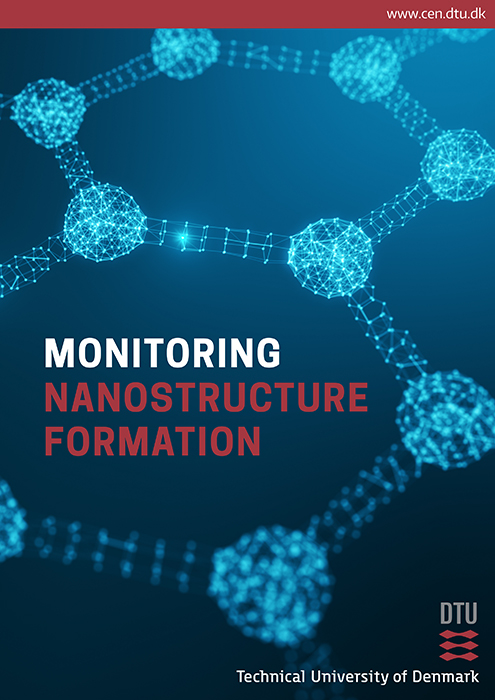Professor Jakob Birkedal Wagner, Scientific Director, Center for Electron Nanoscopy at DTU Cen, Technical University of Denmark shares his expert views on advanced materials science, including nanoscale imaging research
Early on in this absorbing piece of analysis, we find out that during recent years, nanotechnology has become capable of producing materials that have properties that are not found in nature (at least on earth). To understand the macroscopic properties of materials, it is crucial to gain an insight into the nature of the smallest building blocks and their assembly, so in this vein, nanoscale imaging research of dynamic processes comes into sharp focus.
One area explored here is transmission electron microscopy (TEM), which has been a high vacuum discipline, traditionally. Added to this, in both academic and industrial research, there is now a growing need to expose samples to more realistic environments during image acquisition, in the form of gas mixtures and elevated temperatures.
We also find out that the abundance of carbon in nature, combined with the variety of assembling the individual atoms into nanostructures with various physical properties such as metallic, semiconducting, semi-metallic make carbon nanostructures of particular interest and importance in the electronic and optical devices of the future.
Also, we are told that the true control of the atoms forming nanostructures requires external stimuli which are controlled at the nanometre scale. Individual metals containing molecules can be positioned very precisely on a substrate, by means of focused electron beam induced deposition.
I trust that you enjoy reading this in-depth perspective on advanced materials science research from DTU Cen, Technical University of Denmark.


